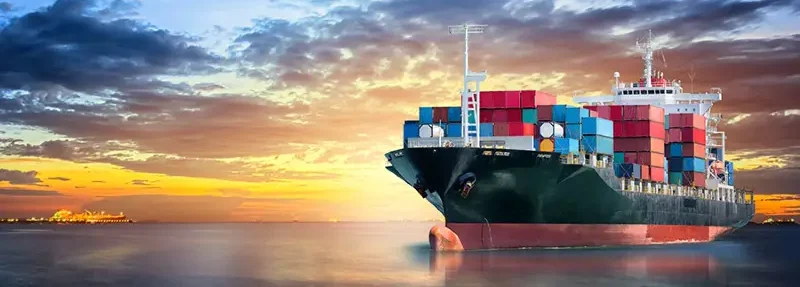Keep your eyes on your business to stay ahead of the NZ dollar — Exporter Magazine
Forces beyond New Zealand control will continue to wreak havoc on the NZ dollar. the key to surviving 2011 is to get as many natural hedges as possible, then hedge a little. By Bob Edlin
The NZ dollar’s year started in the shadow of the global financial crisis, which was still adversely affecting some of the powerhouse economies.It ended stronger against the euro, the pound and the US dollar, but a bit weaker against the Australian dollar.Bancorp treasury economist Peter Cavanagh says the past 12 months has been “a mixed bag”.Imbalances in Europe have been destabilising: some economies (such as Germany) have been strong; some (Greece and Ireland) have been cot cases. The cot cases had a huge influence on sentiment early in the year, when global risk-aversion induced a sharp fall in the NZ dollar.
The focus later shifted to the US and its quantitative easing (jargon for printing money) to stimulate a flagging economy. The US dollar depreciated rapidly.
The big shift during the year was the cementing of China as a global power. Its economy continued to boom and it was prepared to pay well for commodities.The Australian and NZ dollars were lifted on its coat-tails.
ALL SORTS Of RISKS
HiFX trading manager Mike Hollows says interest rates, commodity prices, sovereign risk “and all sorts of things” that have weighed on the currency are beyond New Zealand’s control.
But the NZ dollar was not immune to nasty domestic surprises. It was beaten down in mid-November by the kiwifruit PSA outbreak and by Standard & Poor’s revision of its outlook on New Zealand’s credit rating. This volatility makes it hard for exporters to decide what do with their currency policies. Our soft commodities are still holding up well, says Hollows, and if you are acommodity exporter, broadly you are being protected from the appreciating NZ dollar by the rising prices of exports priced in US dollars.For a manufacturer without an offsetting hedge, however, “that’s a tough one”.
OUTLOOK
The outlook is uncertain and “you’ve got to have a view on Europe, on China, and on the US”. The key will be how quickly the US gets out of the mire with its quantitative easing and at what point the US dollar can make a meaningful recovery.
NOT ALL ABOUT CURRENCY FORECASTS
Cavanagh’s over-riding advice is not to base your hedging on currency forecasts. “It’s a matter of looking at yourself, making sure you’ve got the best possible understanding of your business, your markets and your customers,” he said.
NZ dollar movements against our major trading partners over the past year have had little to do with what’s happening in this country.“So it’s important to identify, assess and manage what you can do.“Make sure you have the right reporting systems and policies.”
Tony Alexander, chief economist at the BNZ, typically advises exporters (and importers) to base just 5 per cent of their hedging decisions on a currency forecast. “The rest should reflect your ability to naturally hedge, your cash flow and balance sheet sensitivity to exchange rate shock.
“And in this sort of environment I would probably drop that 5% to 1% because exchange rates now are extremely unpredictable.”
A raft of formidable uncertainties must be considered:
- What will happen if the US maintains its quantitative easing? Hollows cautions it eventually might lead to trade controls and tariffs.
- Will there be a currency war and – if so – what measures will non-US countries introduce to try and stop their currencies rising against the greenback?
- What will be the currency effects of the fallout from the debt crisis in Europe and the weakness of the British economy compared with some European economies?
- Will the Chinese allow their currency to revalue more rapidly against the US dollar? Cavanagh expects China to move at its own pace, “which won’t be at the pace wanted by the US or Europe”.
- Will Asian economies generally introduce capital controls because money is coming out of the main currencies and going into the developing world where the economies are growing rapidly?
- What other consequences will flow from the developing world’s growth far outpacing the developing world? For example, it puts upward pressure on the currencies of Brazil, India, China and the other Asian economies.
- What interest rate differentials will develop and who will be the first to tighten monetary policy – the UK, Japan, Europe or the US?
- What will come of worries about the US federal deficit? Without meaningful action to bring it under control, will investors keep buying US government debt?
Then there are the lesser currencies. South American economies, led by Brazil, have the potential to cause surprises in the year ahead.
“If the Brazilian economy, particularly, can keep growing at the pace it is growing, and if its government is prepared to ease up some of its exchange controls, the Brazilian real has the potential to be a worthy global currency,” says Cavanagh. [END]





